Seaside and other Client Case Studies

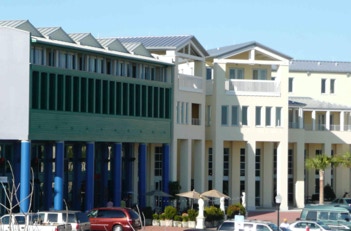
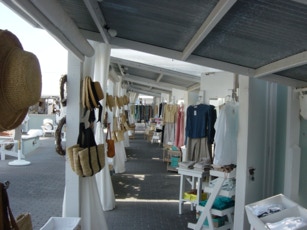
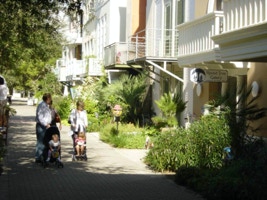
Seaside
A highly successful and influential 80-acre gulf-front community on the Florida Panhandle designed by Andrés Duany and Elizabeth Plater-Zyberk, Seaside is the first example of the type of land use planning that has become known as New Urbanism. Although unincorporated, Seaside includes all the elements of a town, including shops, restaurants, a charter middle school, parks, recreation and interfaith chapel. Like a town, the community, now more than 30 years old, faces issues of gentrification, architectural preservation and urban infill.
Since 1986, work has included almost every aspect of Seaside’s development, including its residential areas, downtown, nonprofit institutions, mixed-use buildings, commercial and residential sales, commercial leasing, architectural review and supervising an extensive update of its ground-breaking form-based code.
Prospect
Prospect, in Longmont, Colorado, has gained recognition for mixing traditional and contemporary architecture within the framework of a new mixed-use communiy. The neighborhood, now in its fourth phase of development, will eventually have up to 585 units on 340 lots. A large community park surrounded by shops, a swimming pool, restaurants and offices comprise the town center. Prospect won a Governor’s Smart Growth Award for its innovative alternative to suburban sprawl in 1996.

Prospect offers a uniquely livable blend of traditional and modern architecture.
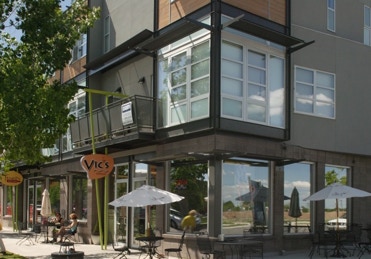
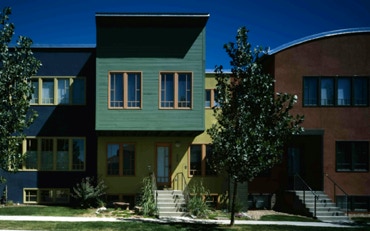
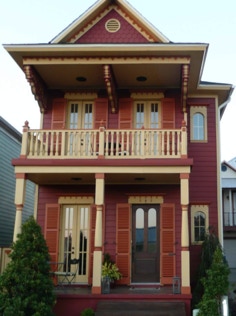
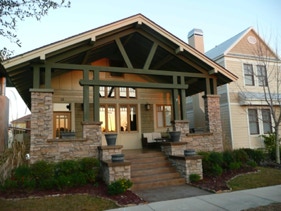
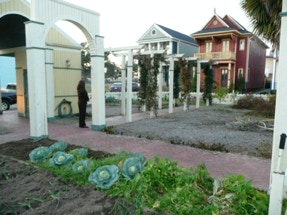
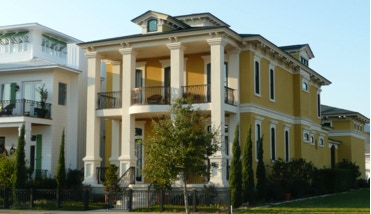
The subject of intense media coverage—Time magazine said Seaside “could be the most astounding design achievement of its era”—Seaside became both financially successful and the icon for a new way to design communities.
Aragon
Aragon is a dense, compact, mixed-use urban infill project designed by Pensacola, Florida, architect Michelle MacNeil for the site of a former housing project in that city. Only 20 acres in size, it is particularly challenging as half of the development is within the Historic Pensacola Preservation District while the other half is within the Gateway Redevelopment District. Each is subject to special zoning provisions. The entire project was built under a development agreement with the Community Redevelopment Agency of the City of Pensacola, Florida. The community garden is especially popular.
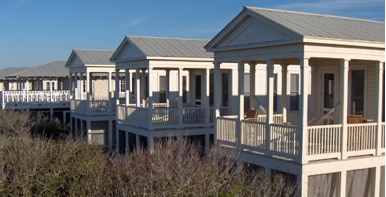
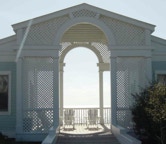

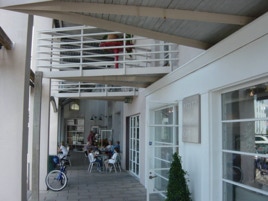
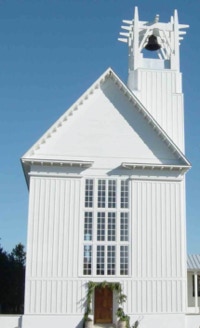
Inspired by Bermuda and Antiqua Guatemala, Alys Beach’s white walls and roofs reflect the Florida sun. Townhouses face a pedestrian path, with cars hidden in shared parking courts.
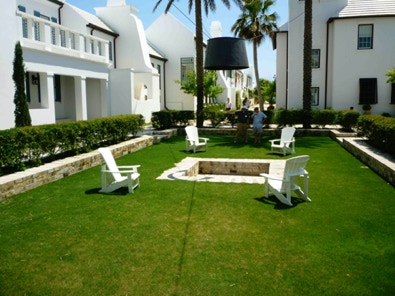
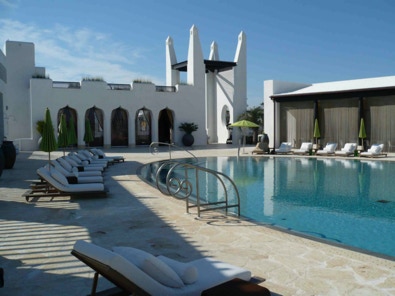
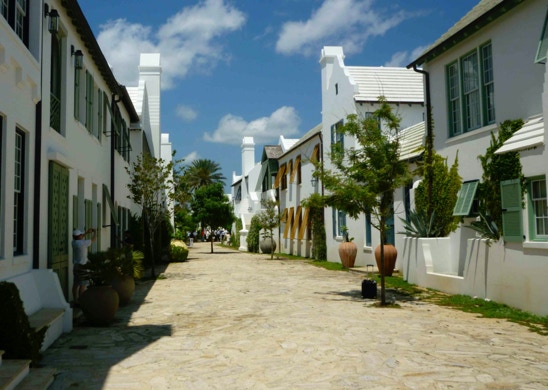
Alys Beach
Located on the Gulf of Mexico only a few miles from Seaside, Alys Beach was also designed by the DPZ team and shares its New Urban principles, but was created some 20 years later. Alys Beach is intended as a model of sustainability and commitment to environmental responsibility. In addition to a homeowners’ association, Alys Beach has a Community Development District, formed under state law to help protect the Gulf-front and participate in beach renourishment projects.Homes are built to withstand hurricane-force winds. The award-winning Caliza pool, designed by Alys Beach town architects and residents Erik Vogt and Marieanne Khoury-Vogt, includes a restaurant and private cabanas.
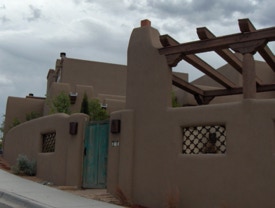
Aldea de Santa Fe
Aldea de Santa Fe, just outside the city of Santa Fe, New Mexico, uses Santa Fe’s distinctive architecture in a New Urban, walkable community. The rugged terrain is punctuated by arroyos, and its design respects both the dry habitat and the occasional flash floods. Aldea’s central plaza is ringed by live/work units and a community center.
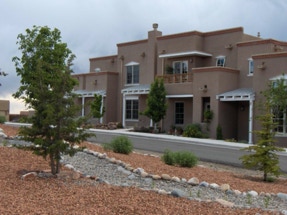
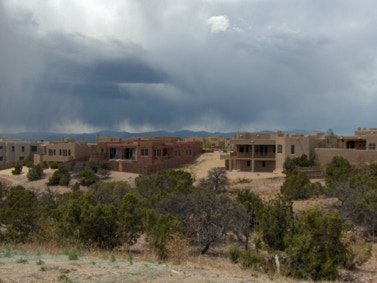
Aldea adapts traditional Santa Fe architecture to a New Urban streetscape.
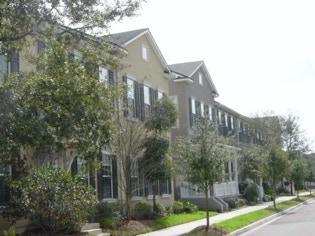
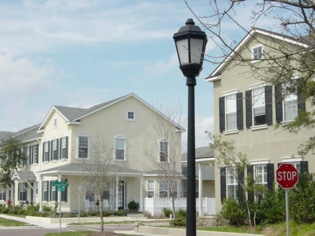
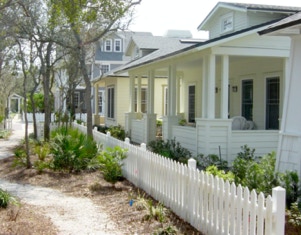
Amelia Park
Amelia Park, in the city of Fernandina Beach in Northeast Florida, is designed as an affordable primary-home community. Amelia Park includes a variety of housing types, including townhouses, cottages and granny flats. One of the first such projects to integrate a YMCA into the fabric of the pedestrian-friendly community, Amelia Park has publicly dedicated streets.